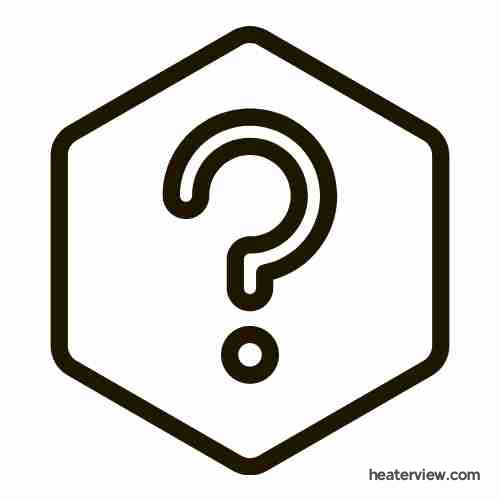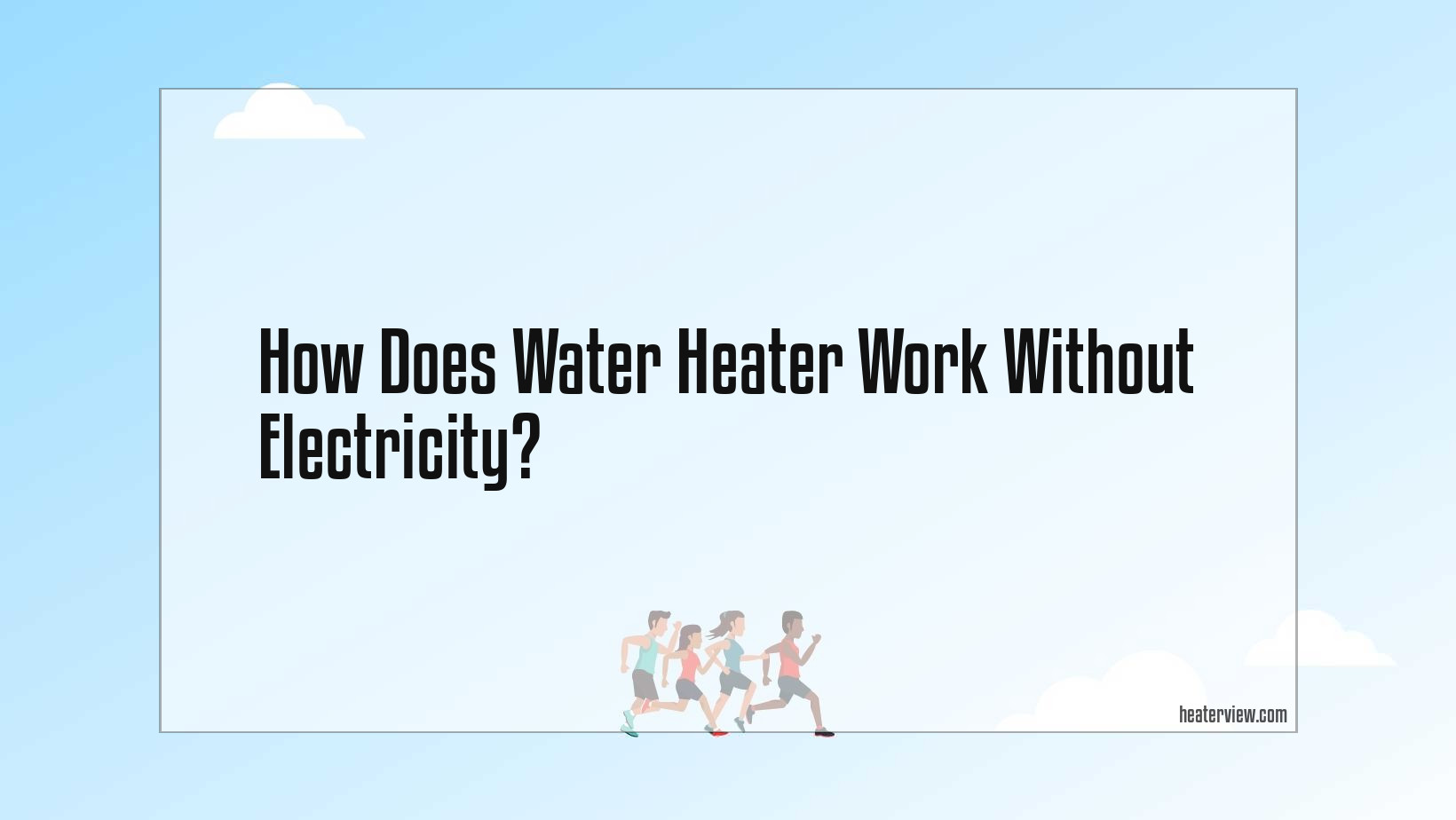Water heaters are one of the most energy-intensive appliances in the home, accounting for about 18% of residential energy consumption.1 That’s why it’s important to understand how they work and how to properly maintain them.
Water heaters work by using an energy source to heat water above its initial temperature. The most common type of water heater in the United States is a gas-fired storage tank water heater.2 These heaters have a tank that stores water at a set temperature until it is used.
When you turn on the hot water tap, water is drawn from the top of the tank and is replaced with cold water at the bottom of the tank. The burner then kicks on and heats the water to the set temperature. The hot water is then sent to your fixtures.
Electric water heaters work in a similar way, but instead of using a gas burner, they use electric coils to heat the water.3
While water heaters are a necessity in most homes, there are a few things you can do to reduce your energy consumption, such as:
· Insulate your water heater tank and pipes. This will help keep the heat in and the energy bills down.
· Turn the temperature down. The default setting on most water heaters is typically too hot. Turning it down to 120 degrees can save you money and reduce the risk of scalding.
· Use cold water for laundry
How Does A Water Heater Work?

Water heaters are one of the most essential appliances in modern homes. They provide a constant supply of hot water for cooking, cleaning, and bathing. But
How do they work?
Water heaters work by using a heating element to raise the temperature of the water inside the tank. The heating element is usually located at the bottom of the tank and is turned on by a switch or thermostat. As the water heats up, it rises to the top of the tank and is ready for use.
Most water heaters have a temperature gauge that allows you to set the desired temperature of the water. The higher the setting, the longer it will take to heat the water. For example, if you set the temperature to 120 degrees, it will take longer to heat the water than if you set it to 80 degrees.
There are two types of water heaters: storage tank and tankless. Storage tank water heaters are the most common type. They have a tank that holds a specific amount of water. The size of the tank depends on the needs of the household. For example, a family of four will need a larger tank than a single person.
Tankless water heaters heat water on demand. They don’t have a storage tank and instead heat the water as you need it. This can be more efficient than a storage tank water heater because you’re not paying to keep a tank of water hot when you’re not using it.
Now that you know how water heaters work, you can troubleshoot any problems you may have with yours. If the water isn’t hot enough, you may need to adjust the thermostat. If there’s no hot water at all, there could be an issue with the heating element or the switch that turns it on.
How Does A Water Heater Work Without Electricity?
We all know that water heaters use electricity to work. But
What if there is a power outage and you need to take a shower? How does a water heater work without electricity?
There are two types of water heaters: storage water heaters and tankless water heaters. Storage water heaters have a tank of water that is heated and then stored until it is needed. Tankless water heaters heat water on demand.
Storage water heaters will usually have a gas burner or an electric element to heat the water. Tankless water heaters also have a gas burner or electric element, but they also have a heat exchanger. The heat exchanger is what heats the water on demand.
So,
How does a water heater work without electricity?
If you have a gas water heater, the gas burner will still work without electricity. The pilot light will stay lit and the burner will come on when you turn on the water.
If you have an electric water heater, the heating element will not work without electricity. However, the tankless water heater will still work. The heat exchanger will use the hot water from the pipes to heat the cold water that is coming in.
So, there you have it. A water heater can still work without electricity, but it may not work as efficiently.
How Does A Water Heater Work Without A Power Source?
If you’ve ever been curious about how your water heater works without a power source, you’re not alone. Many people don’t know the answer to this question, but it’s actually quite simple. A water heater uses a process called convection to heat water. This process involves circulating hot water through a series of pipes and into your home. The hot water then transfers its heat to the cold water, thereby heating it.
Now, you may be wondering how the water heater circulates the hot water if there’s no power source. Well, that’s where gravity comes in. The hot water is heavier than the cold water, so it naturally sinks to the bottom of the tank. As the hot water sinks, it pushes the cold water up and out of the tank. This process continues until the water in the tank is heated to the desired temperature.
So there you have it! That’s how a water heater works without a power source. Now that you know the answer to this common question, you can impress your friends and family with your newfound knowledge.
How Does A Water Heater Work If The Power Is Out?
If you’ve ever taken a cold shower because your power was out, you may have wondered how water heaters work. Most people know that water heaters use electricity to heat water, but
How does it work if the power is out?
Water heaters have a large tank that stores water at a set temperature. The water in the tank is heated by an electric element. The element is a coil of wire that is wrapped around a metal rod. When electricity flows through the coil, it creates resistance. This resistance turns the electrical energy into heat. The heat is then transferred to the water in the tank, raising the water’s temperature.
If the power is out, the element will no longer heat the water. However, the water in the tank will remain at its set temperature for a while. This is because water is a good conductor of heat. This means that it takes a while for the heat to escape from the water.
So, if you’re taking a cold shower because the power is out, it’s not because your water heater isn’t working. It’s because the heat is slowly escaping from the water in the tank.
How Does A Water Heater Work In An Emergency Situation?
When your power goes out, your water heater will not work. However, you can still get hot water in an emergency situation by using a gas or propane water heater. Here is how it works:
First, you need to find the gas or propane water heater. It is usually located in the basement or garage.
Next, turn on the gas or propane valve.
Then, light the pilot light.
Finally, turn on the water heater.
Now, you will have hot water in an emergency situation.
If you’re still wondering how water heaters work without electricity, leave a comment below.

